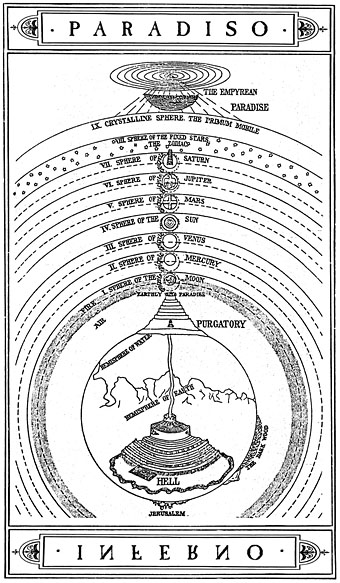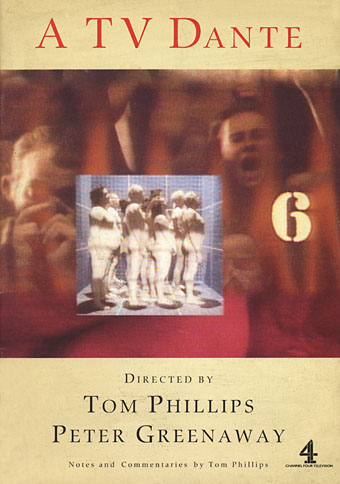Huite rectangles (2007).
Amazing architectural redecoration by Swiss artist Felice Varini.
Previously on { feuilleton }
• Abelardo Morell’s camera obscura
A journal by artist and designer John Coulthart.
Painting
Huite rectangles (2007).
Amazing architectural redecoration by Swiss artist Felice Varini.
Previously on { feuilleton }
• Abelardo Morell’s camera obscura

My apologies to any visitors arriving here during the past week to find the site down. What should have been a straightforward upgrading of the hosting service became overly-extended due to compounded misunderstanding and poor communication. It didn’t help that I was also extremely busy catching up with work after the long bank holiday weekend.
By way of catching up with the posting, anyone interested in Francis Bacon’s art is advised to go and read this excellent appraisal by my favourite art critic, Robert Hughes, a taster for the forthcoming Bacon exhibition at Tate Britain. The exhibition will run from 11 September, 2008 to 4 January, 2009.
Dante’s Inferno, Map of Whole Hell (1587?).
Continuing the theme of yesterday’s post, Wikimedia Commons has a substantial section devoted to Dante’s Inferno including some maps, the best being this one and another, both by Giovanni Stradano aka Stradanus (1523–1605).
And taking a broader view, there’s Michelangelo Cactani’s depiction of Dante’s entire cosmos showing the pit of the Inferno, Mount Purgatory and the spheres of Heaven. This was the version we used in Robert Meadley’s A Tea Dance at Savoy (2003) and includes my addition of titles and a frame.

La Materia della Divina Commedia di Dante Aligherie (1855).
Previously on { feuilleton }
• A TV Dante by Tom Phillips and Peter Greenaway
• The art of Lucio Bubacco
• The last circle of the Inferno
• Angels 4: Fallen angels
More cult stuff from Ubuweb, you lucky people. Being a big Tom Phillips enthusiast I’ve been watching A TV Dante (1989) for years, having taped the one and only broadcast of the series. I also bought the accompanying booklet (below).
This ambitious program, produced by the award-winning film director Peter Greenaway and internationally-known artist Tom Phillips, brings to life the first eight cantos of Dante’s Inferno. Featuring a cast that includes Sir John Gielgud as Virgil, the cantos are not conventionally dramatized. Instead, the feeling of Dante’s poem is conveyed through juxtaposed imagery that conjures up a contemporary vision of hell, and its meaning is deciphered by eminent scholars in visual sidebars who interpret Dante’s metaphors and symbolism. This program makes Dante accessible to the MTV generation. Caution to viewers: program contains nudity. (8 segments, 11 minutes each)
Given the nature of the collaboration, this can’t be compared to many other TV productions. Greenaway wasn’t staging a drama, he was using the TV screen as a flat space like a moving painting, or a series of diagrams and connected symbol systems. The division of the screen has a parallel in some of Phillips’s paintings (and his artist’s book of the Inferno) and makes use of Phillips’s familiar stencil lettering. There are actors: as mentioned above, Sir John Gielgud took the role of Virgil, with Bob Peck as Dante and Joanne Whalley-Kilmer as Beatrice. And there are recurrent motifs: triangle, concentric circles, cardiograph displays, Muybridge animations and so on. “Footnotes” were provided by a company of experts who appear in small inset panels to comment on the text while it’s being read. Phillips himself is one of the principal commentators since it was his translation being used.

Peter Greenaway’s feature films have never interested me very much, I prefer him when he’s doing things like this which probably explains why I like Prospero’s Books, his version of The Tempest; much of that film’s approach seems to have been developed from A TV Dante. It’s a shame that only eight of the Cantos were filmed in this way. There were plans to film all thirty four using other directors (with Greenaway to return at the end) but this endeavour took place at the end of the period when Channel 4 was still a haven for unusual arts projects. Regime change subsequently charted a course for the lowest common denominator. And with the two leading actors now dead it wouldn’t be possible to resume the project. In the end this doesn’t matter too much. What remains is an introduction to a perennially fascinating book and an example of how television could—if someone had the courage—ditch the clichés of drama documentary and try something genuinely new.
• The official Tom Phillips website
• The Tom Phillips blog
Previously on { feuilleton }
• John Osborne’s Dorian Gray
• 20 Sites n Years revisited
• The last circle of the Inferno
• 20 Sites n Years by Tom Phillips
The power and the passion
| Francis Bacon.